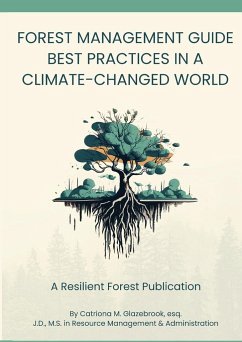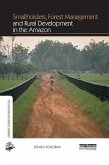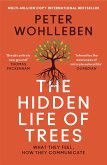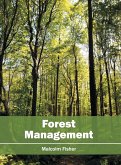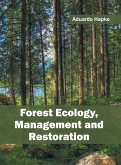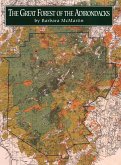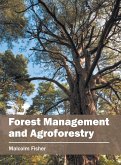Forests are our most vital natural climate allies due to the tremendous "ecological values" they bring, including carbon sequestration, oxygen production, atmospheric moisture, shade, wildlife habitat, and more. The International Panel on Climate Change has indicated that land use, including deforestation, is climate change's second most pressing driver (IPCC, 2019). In addition, The Glasgow Declaration, signed by over 140 countries, calls for halting and reversing forest loss and land degradation by 2030 (UN Climate Change Conference, 2021). While trees and forest lands have been declining steadily for hundreds of years, they are being more rapidly decimated by climate change impacts, fires, and mismanagement. Forest thinning, a commonly used management practice, exacerbates climate change since logging emits more than five times what wildfires and tree mortality from insects combined emit. Commercial thinning in fire management releases around three times more carbon dioxide than wildfires. This is just the tip of the iceberg, as forests and trees are not only Not our enemy when it comes to climate change, they are humankind's greatest ally. This is because plants created our atmosphere, terraformed our planet, and continue to play a critical role in maintaining the ecological balance of our world. That balance is desperately needed now. This guide provides important scientific information often overlooked in management decisions in a different world from a hundred years ago and suggests best practices and alternatives to ineffective dominant and antiquated forest management methods and perspectives.
Hinweis: Dieser Artikel kann nur an eine deutsche Lieferadresse ausgeliefert werden.
Hinweis: Dieser Artikel kann nur an eine deutsche Lieferadresse ausgeliefert werden.

